Unnamed 2020 oil paint, charcoal
New York artist Stephanie Franks has always been creative. From a young age, her art was received with praise and awards. Now in her adulthood, she continues to explore her artistic interests and expression through paint, drawing, and collage. In Links: Drawings, Paintings and Collages, exhibited in Borzello Gallery in the Ford Center for the Fine Arts, Franks’ work tells stories of different branches of her recent art career. Her young creative spirit has allowed her to develop into the artist she is today.
“When I was really little, meaning like five, my artwork got entered into some competitions […] and somehow one of my pieces, this was in the late ‘50s, went into the Brussels World Fair. Apparently, I was the youngest artist ever to be in the Brussels World Fair,” Franks said.
After years of searching, Franks has not been able to find the catalog for the fair, but can assume that her childhood art was among the greats. Due to her tumultuous home life after this time, Franks had to take a break from creating, but always had a dream that she would get back into it. In high school, she was able to rediscover her passion.
“I became very self-conscious about making art after the early accolades. Then in high school, I started doing these pen and ink drawings. It was the late 60s and they were kind of hallucinatory-looking—very linear, very tight and detailed with invented imagery,” Franks said.
Following high school, Franks attended an art school, hoping to ground herself in drawing and painting. In the 70s, art became very imagery-based, which made Franks feel ‘like a fish out of water.’ She left art school and transferred to Barnard College to study English, where she was able to explore painting.
“I became much more interested in making art than in studying English and literature, but was grateful to have a good academic education there as well. That, in a way, I feel like, was when I really started to discover myself as an artist, apart from when I was very young and all these awards started coming my way. Who knows what that was about,” Franks said.
While at Barnard, Franks became very involved with painting and drawing. Her explorations lead her to fall in love with every aspect of the mediums—from the color, to the texture, to the shape.
“With painting, it was really the stuff of the paint itself that I thought was so thrilling—using oil paints, just the medium of the oil paint and the sensuality of it, I think. And the colors just thrilled me also, just having this palette, the possibilities of color were just infinite and incredible to me at the time. The drawing was mesmerizing for me, mostly when I learned about things like drawing the negative spaces,” Franks said.
In addition to drawing and painting, Franks is very engaged in collaging. She was introduced to the medium through classwork at the New York Studio School, where she started creating collages with Color Aid paper. However, the material was not a focal point until after Franks had back surgery in 2015 because of physical limitations.
“If I walk into my studio and I start messing around with Color Aid paper, it’s really hard for me to stop myself. I just start going and I get spellbound and I can’t stop for hours. Also, it’s not as messy as paint and charcoal, and I don’t have much cleanup to worry about,” Franks said. “With painting, I step back a lot, in drawing too, I draw and then I step back and look. With collage, I don’t do that as much. I just keep going and going and going. I’m like a kid in a sandbox. I just start and it’s like magnets. It’s just the purity of the medium, I’m so drawn to color. It’s a marvelous medium, in my book.”
When making art, Franks connects with both the process and the medium. Although she is not immune to creative blocks, the physicality of art allows her to communicate in an unrestrained way.
“I think, somehow, all of those things made me feel a connection with my own physicality, and that has been a really important ingredient of my work. […] There is this connection between the physical part of me and the making-art part which doesn’t really have anything to do with words. I get hung up with words, but with paint, I can just be freer somehow,” Franks said.
Engaging in this freedom, Franks activates the space in the otherwise-flat plane of the work.
“I’m very interested in issues of space and composition. In my drawings especially, not so much in my paintings, I’m interested in the tension between the volume of the space against the flatness of the picture plane. Space is a huge challenge that I like to deal with,” Franks said.
Within each piece, Franks moves from figuration to abstraction. As she creates, she emphasizes the links between the figures in the painting.
“There’s kind of a drama that ensues when I am doing a still life between the objects, if the objects manage to survive my tendency to erase them. Often, the images of my paintings and drawings do contain objects and the relationships between them. The relationships in general of everything, the relationships between the colors–relationships, to me, are a huge factor. And rhythm, the rhythm of the parts to the whole, the parts to each other,” Franks said.
While the pieces contain relationships within themselves, those included in this show also reflect larger relationships between times within Frank’s life.
“I feel like this show is reflective of different periods of my life from the last few years that seem to be broken up because of COVID and also moving my studio. The title of the show has the word “links” in it. The fact that there are different threads is reflective of all the changes and disruptions,” Franks said. “Hopefully, people can get a sense of that process of finding one’s way through life with art. Somehow, the art reflects different aspects of one’s life, but hopefully it all pieces together.”
Even as a developed artist, Franks’ art changes with the ebb and flow of her life. For young artists, she feels that this change is something that should be embraced to ultimately find their own artistic language.
“As students, there are different ways to approach the same thing. It’s a good idea, maybe, to be open to that as a young artist, in the interest of really finding one’s own voice separate from what teachers and friends and great artists and art history and all of that stuff tells you is the right thing to do,” Franks said. “To take all that stuff in [is necessary], but in the end, finding your own voice is important too. Sometimes there is a lot of struggle involved in that, but I think it’s important to go with the struggle and to go with whatever direction your voice is telling you to go in. If sometimes that has to change from one day to the next, or one year to the next, so be it.”

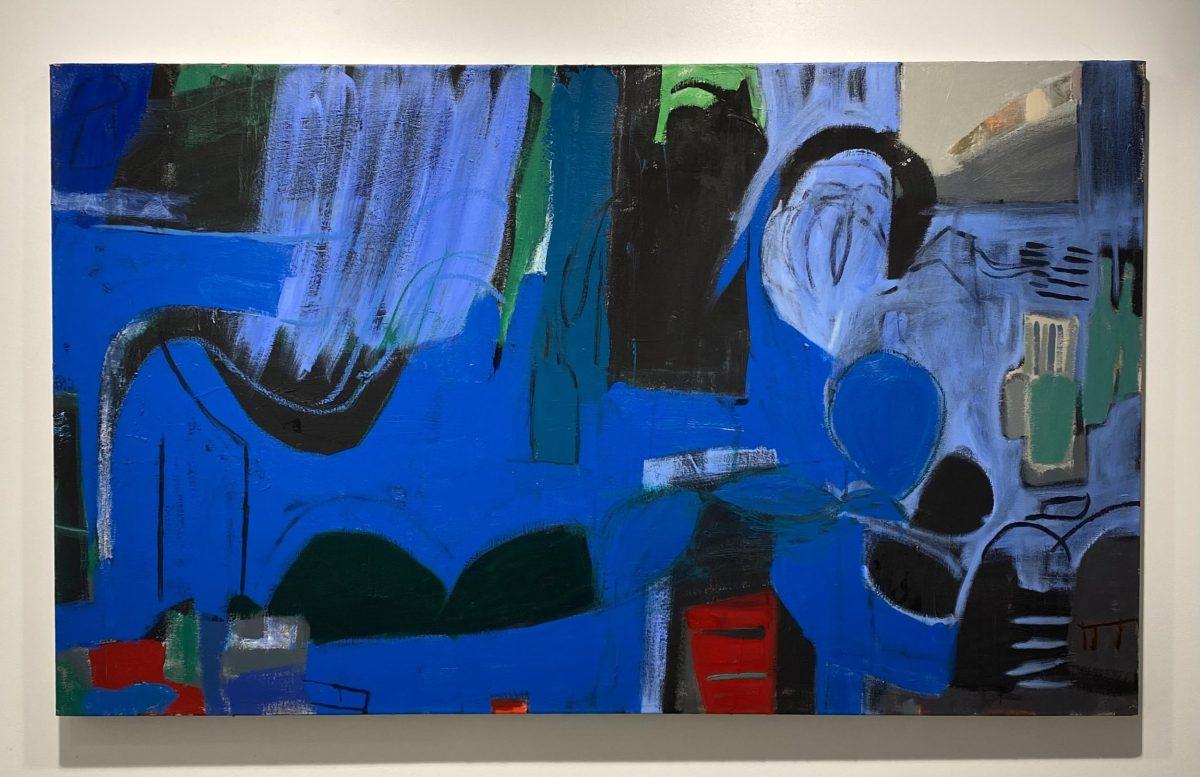

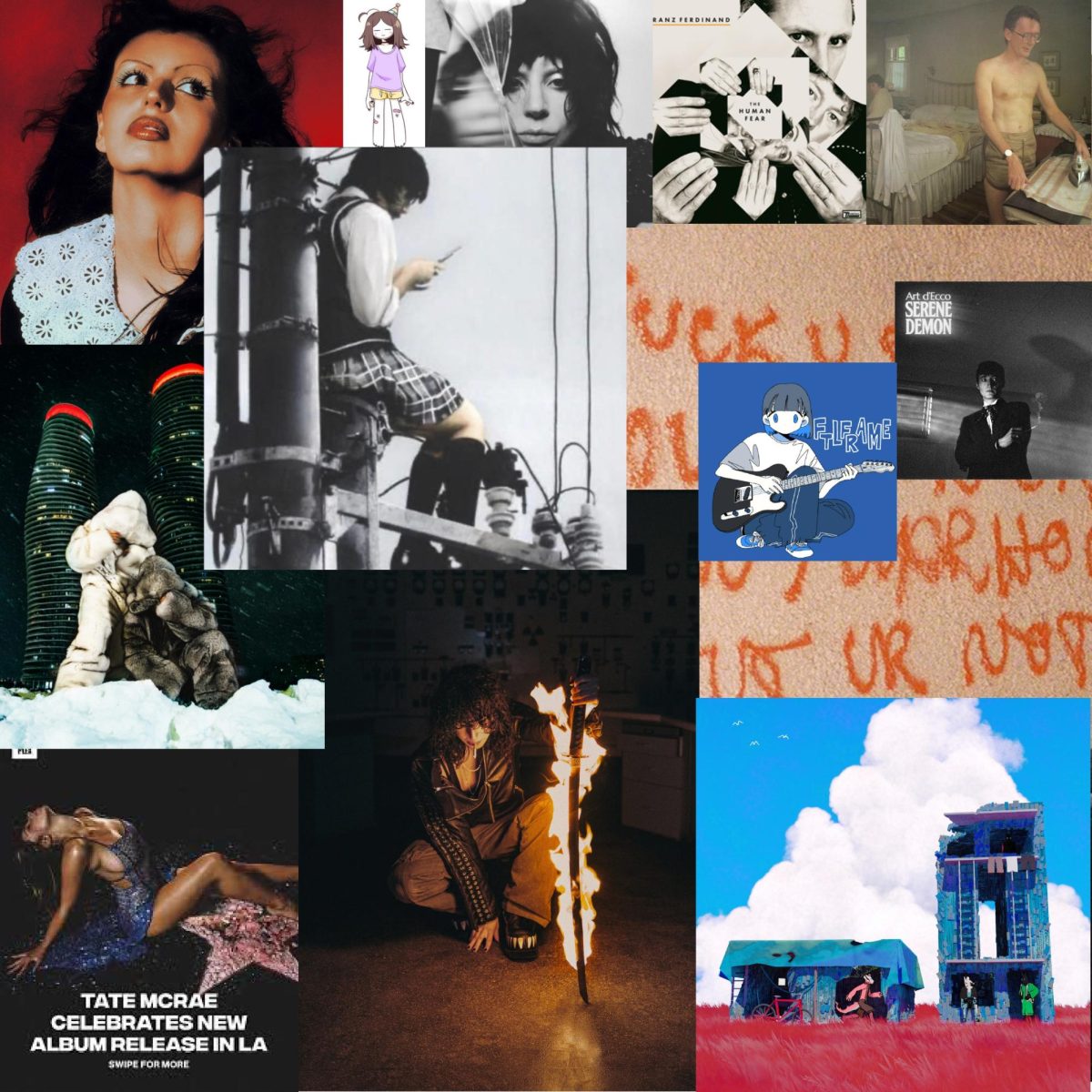
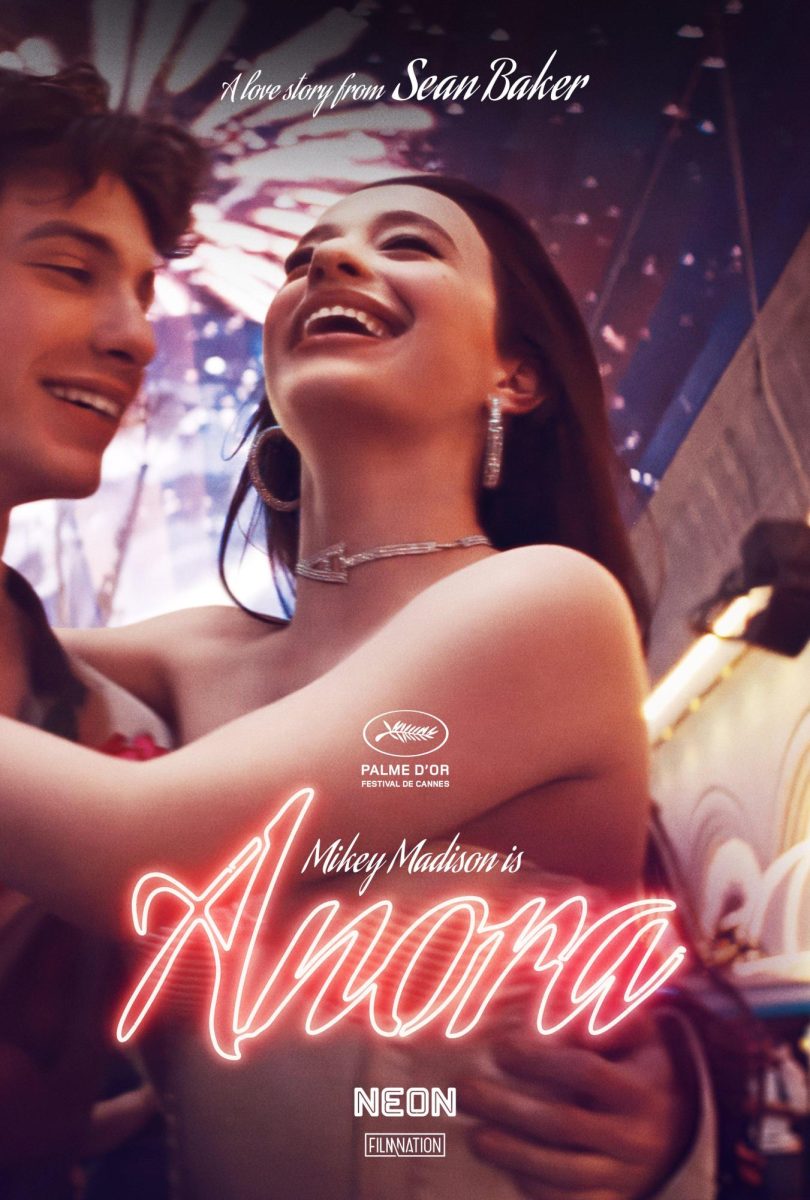
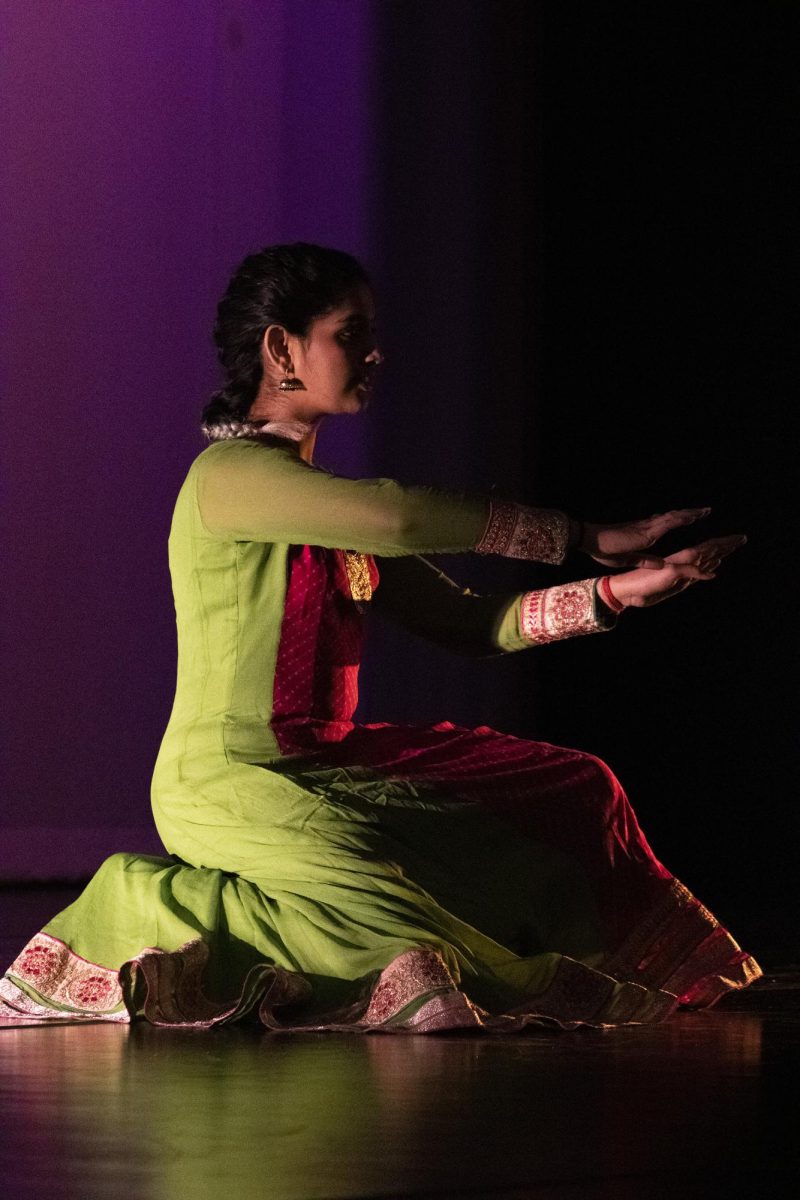

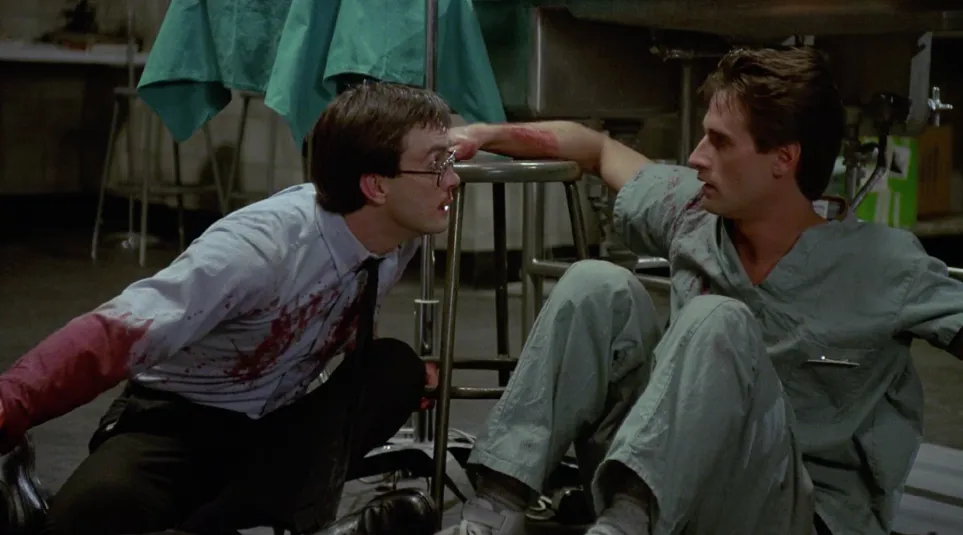
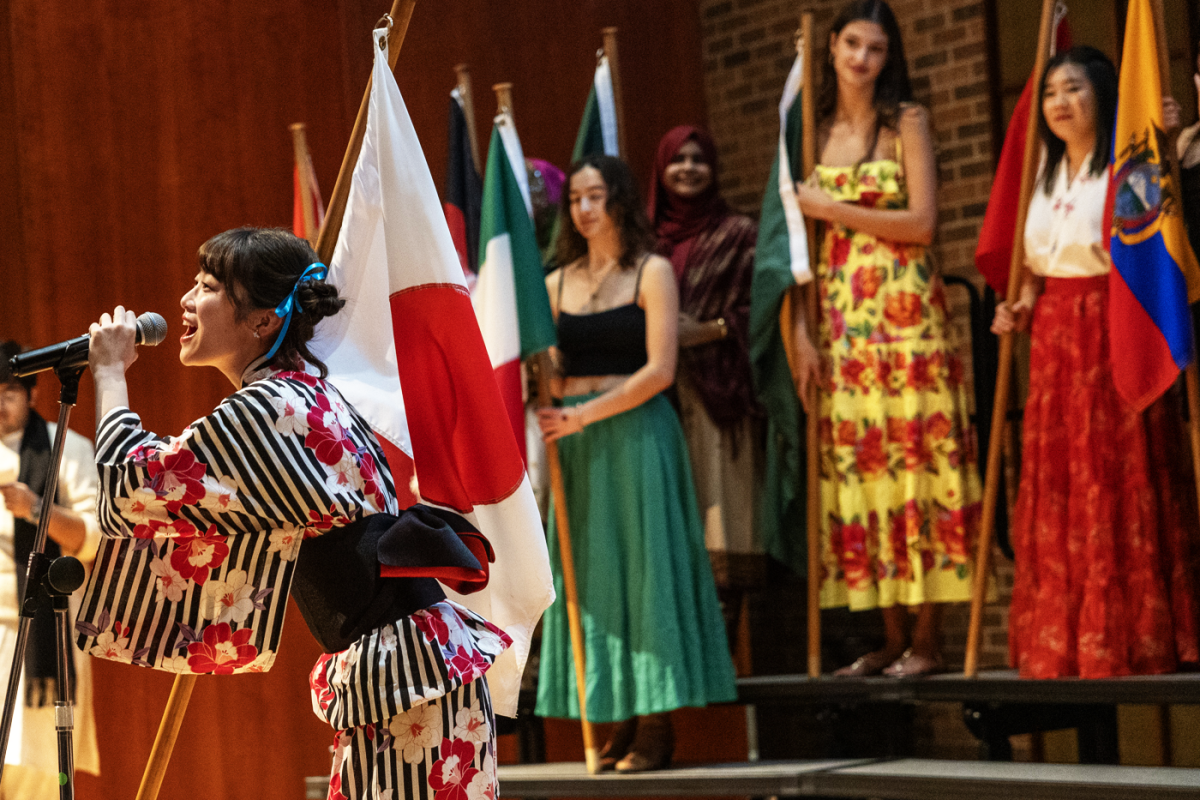
Mel Miller • Jan 29, 2022 at 2:18 pm
What a wonderful piece to read after reading the piece about Sydney. It shows artists at different points in their development and captures them so nicely. It really gives me a sense of the artist and their process.
magnus • Jan 24, 2022 at 2:41 am
brilliant writing! a portrait of words that manages to paint the artist and their work without imposing on the artist’s own idea of their art!